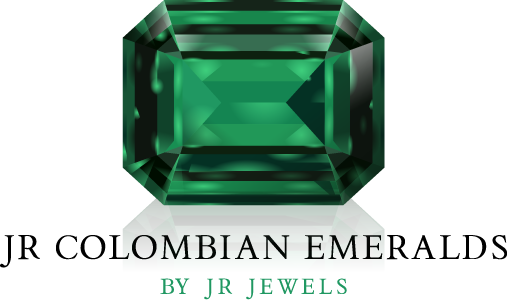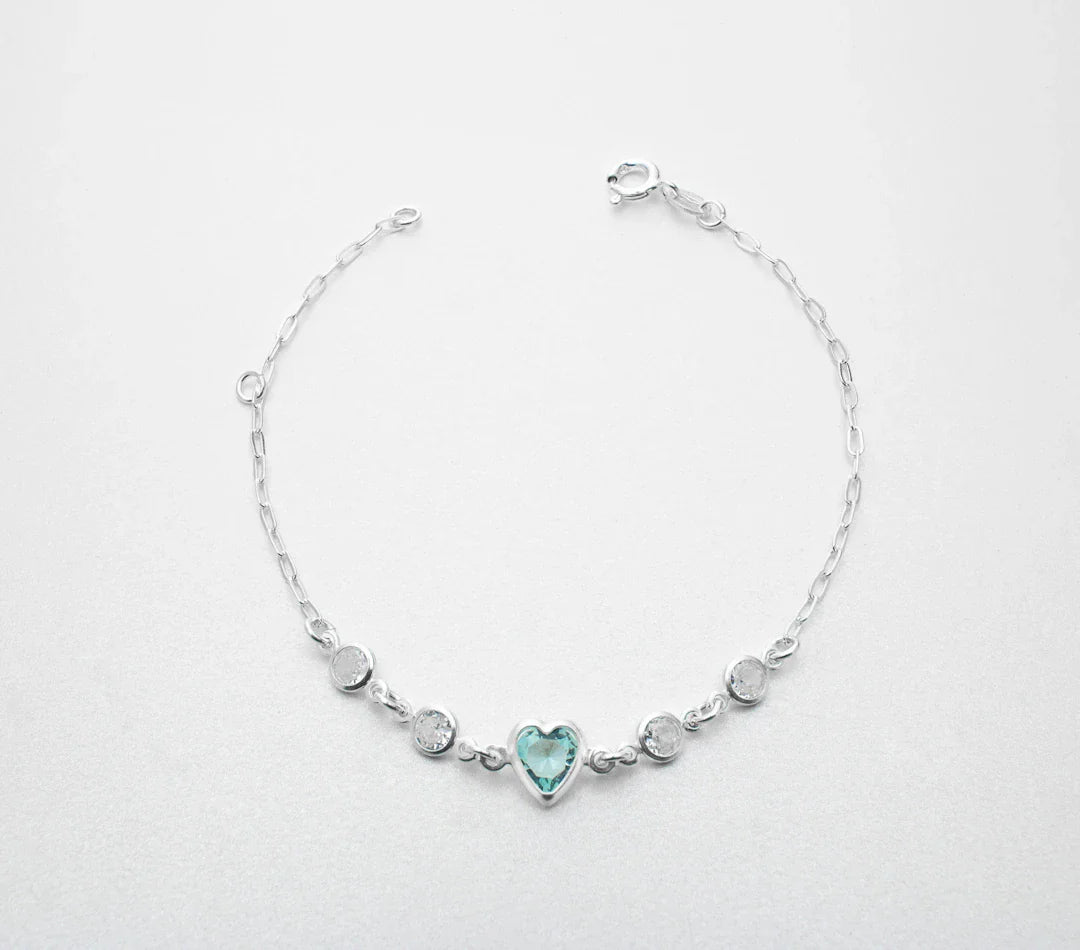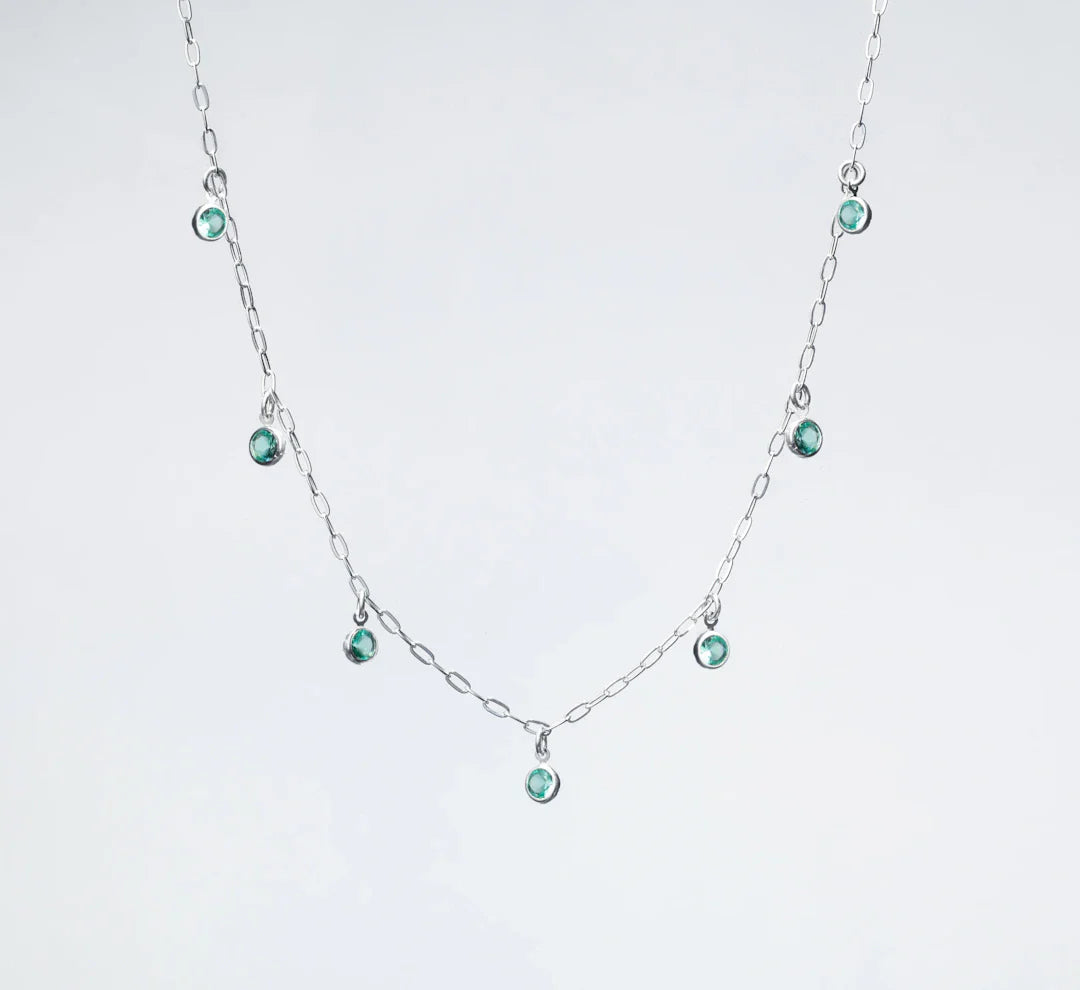Frequently Asked Questions
1. What are the Four Cs of emerald grading?
2. What is the most important factor in grading emeralds?
3. How does clarity affect the value of emeralds?
4. What types of cuts are popular for emeralds?
5. Why is certification important when buying emerald rings?
Emeralds are more than just beautiful gemstones; they are symbols of love, passion, and luxury. When it comes to purchasing emeralds, especially the stunning emerald rings, understanding the grading system is crucial. The world of gemstones features a unique language of clarity, color, cut, and carat weight. This guide will help you navigate through the emerald grading process and ensure you make an informed decision when buying.
The Four Cs of Emerald Grading
Just like diamonds, emeralds are graded based on four essential criteria: Color, Clarity, Cut, and Carat Weight. By familiarizing yourself with these attributes, you will be better equipped to evaluate the quality of emeralds and, specifically, emerald rings.
Color
Color is the most critical aspect when it comes to emerald grading. Gemologists utilize a high standard for evaluating the color of emeralds. The most prized emeralds exhibit a rich, velvety green color with minimal hue variations. The grading goes as follows:
- Hue: The primary color observed in the emerald, which should be a vibrant green. Secondary colors, like blue and yellow, can affect the overall value.
- Saturation: This refers to the intensity of the color; the more vivid the green, the higher the grade.
- Tone: The brightness of the color, which ranges from light to dark. Ideally, the tone should hit the mark between medium to dark, allowing a harmonious depth without losing vibrancy.
The perfect emerald in an emerald ring is often classified as an intense green, which naturally draws the eye and enhances the piece’s allure.
Clarity
Clarity in emeralds varies significantly, as they often include internal characteristics known as 'jardin,' which is French for 'garden'. These characteristics can be inclusions or surface flaws, and they are a defining aspect of an emerald's uniqueness. Here’s how clarity is assessed:
- Inclusions: Internal flaws or particles that can affect the stone's transparency. Less inclusion results in higher clarity.
- Transparency: The ability to see through the emerald. Higher-grade emeralds display better transparency and minimal visible inclusions.
- Visual Impact: While clarity matters, the visual appeal plays an integral role in grading. Some buyers may prefer the 'character' provided by the inclusions, as it tells the stone's story.
For emerald rings, buyers will often weigh the character that inclusions bring against the desire for a flawless gemstone.
Cut
The cut of an emerald refers to how well the gemstone has been shaped and polished. The cut can significantly enhance or diminish the stone's ability to reflect light, which directly impacts its brilliance. The most popular cuts for emeralds are:
- Emerald Cut: Known for its rectangular shape, this cut emphasizes the stone's color and clarity without too much light reflection.
- Round Cut: Though less common, it showcases brilliance and is a classic choice for emerald rings.
- Other Fancy Cuts: Oval, pear, and heart-shaped cuts are also available but may not always highlight the emerald's best attributes.
The right cut will accentuate your emerald's beauty, making it a captivating centerpiece in any piece of jewelry.
Carat Weight
Carat weight refers to the size of the emerald. Larger stones are rarer and often hold higher value. However, when it comes to emeralds, the quality of the color, clarity, and cut may hold more significance than carat weight alone. Factors to consider regarding carat weight include:
- Size: While larger emeralds command higher prices, their color and clarity should not be compromised.
- Price per Carat: High-quality emeralds in larger sizes can see a substantial price increase, making small adjustments in weight quite impactful on the final price.
Choose a carat weight based on your preferences, ensuring the gem still possesses the desired qualities outlined in the grading system.
Emerald Treatment and Its Impact on Grading
It's essential to understand that many emeralds undergo treatments to enhance their color and clarity. Most emeralds available on the market are treated with oil to fill surface cracks, which can enhance appearance but may also affect the grading. The types of treatments include:
- Oiling: Most commonly used, this treatment fills surface cavities and enhances color without significantly altering the stone.
- Others: Some emeralds may receive resin injections for filling or other enhancements, which can affect their value deeply.
Always inquire about the treatments used on any emerald ring you are considering. High-quality untreated emeralds are rare and can achieve higher prices due to their natural state.
Emerald Certification: The Importance of Provenance
When purchasing emeralds, especially emerald rings, it's advisable to look for certification from reputable gemological laboratories. Certifications guarantee the quality, grading, and authenticity of the stone. These documents typically include:
- Grading Report: Details regarding the emerald's color, clarity, carat weight, and treatment.
- Origin: Information about where the emerald was sourced, as origins like Colombia are highly regarded.
A certified emerald provides reassurance and trust, ensuring your purchase meets your expectations for quality and value.
Styling Your Emerald Ring: Tips for Showing Off Your Stone
Once you've found the perfect emerald and selected an exceptionally crafted emerald ring, it’s time to think about styling. Emeralds can be incredibly versatile gemstones that complement a variety of looks:
- Everyday Elegance: An emerald ring can elevate your daily style, whether paired with a classic outfit or casual wear.
- Special Occasions: Emerald rings shine beautifully at events, offering a touch of sophistication suitable for formal occasions.
- Mixing and Matching: Consider stacking your emerald ring with bands or other gemstone rings for a unique, personalized look.
Emeralds naturally evoke a sense of style and elegance, making them a worthy addition to any jewelry collection.
Final Thoughts: Embrace the Beauty of Emeralds
Understanding the grading of emeralds is essential for anyone looking to invest in these exquisite gemstones, especially when considering emerald rings. By familiarizing yourself with the four Cs and the treatments and certifications, you’ll be well-prepared to select a stunning emerald that meets your preferences and budget. Remember, the right emerald is not just about grading but also about finding a piece that speaks to you personally. Embrace the elegance of emeralds and let them become a cherished part of your jewelry collection!




Leave a comment
This site is protected by hCaptcha and the hCaptcha Privacy Policy and Terms of Service apply.